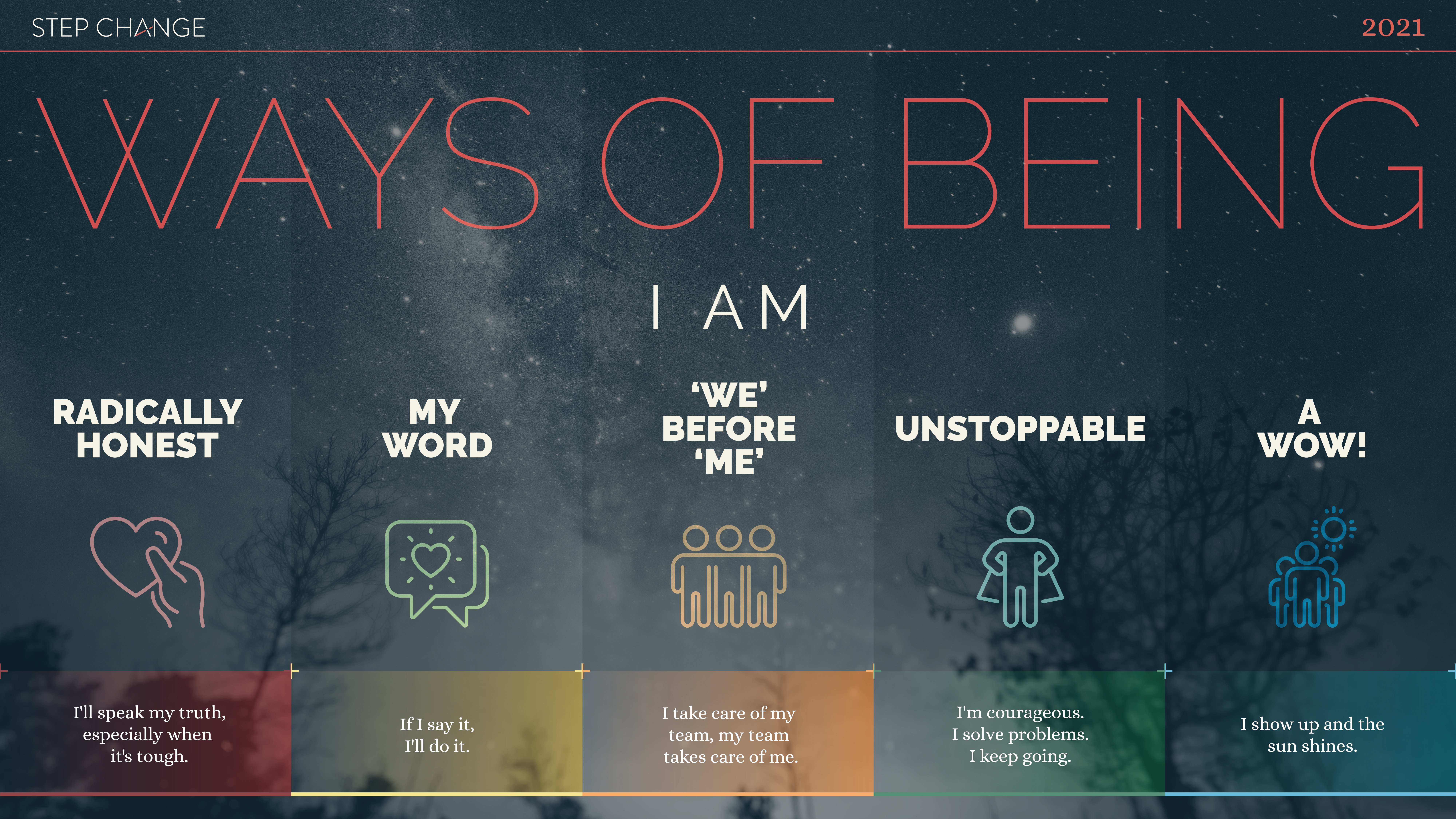The year 2020 is an exciting year for the ever-changing landscape of marketing. As we enter into a new decade, we share four important trends marketers need to keep their eyes on.
- Insight: Although cutting-edge technology like AI will continue to thrive and expand in 2020, the real cutting-edge trends in the discipline will be all about the customer.
- Data: According to PwC, 73% of buyers say that customer experience is the most important factor in choosing to buy from a company.
- What’s the step change: Get to know the trends that will impact marketing in 2020 and beyond.
Data-Driven Creativity
In 2020, the instinct that drives creativity will meet the insight of quantitative data in a deep way. Creativity and data stereotypically drive growth in different ways; now they are inextricably linked into each other.
Here are some of the top ideas from Thunder that will influence how marketers do business in 2020:
- The content matrix. This visual helps to precisely define the most advantageous data touchpoints for each segment of your audience.
- Predictive creative. This is a strategy that allows you to track which creative your audience responds well to. Analysing this allows you to prioritise creative ideas that effectively resonate with your audience.
- Audience insight. Use an audience tool that gives you an insight into your target audiences. You can leverage these insights to test and refine ads.
Read further: Data-Driven Creativity
Voice Search Is Your SEO Dark Horse
Voice search is not a new idea, but in 2020, its time has finally come on a mainstream stage.
By the end of the year, experts agree that 50% of all Internet searches will be voice searches. Gartner reports that 30% of all searches on the Internet will be done without a screen. The tech giants (Microsoft, Amazon, Google, Apple) have all invested in their proprietary voice tech (Cortana, Alexa, Google Assistant, Siri), giving users the ability to search with full intention and receive search results in a natural way.
We can expect marketers to optimise websites to place themselves most effectively for voice search. Consumers are looking to multitask their searching with living more than ever.
Webmasters will include more common keywords and conversational language in on-page content, including image and video content. Long-tail keywords fit the bill most effectively here because they fit into sentences more naturally and more closely match the search queries that will lead prospects to a website.
Consumers Are Becoming Brand Disloyal
Customer disloyalty is the new normal, according to Nielsen. Only 8% of surveyed consumers considered themselves loyal to their favourite brands. 42% of them are on a constant lookout for new products and services. Even more telling, 49% of people who are loyal can still be moved to experiment with a new brand under the right circumstances.
Advocacy is just as important as advertising in this new paradigm of marketing musical chairs. In isolation, traditional marketing investments such as out-of-home advertising (OOH), TV, radio, and even online ads will not have the same punch as they do in tandem with each other.
This means omnichannel, multilayered marketing centred around social engagement will rule the day. The companies that will win in this environment will not necessarily look to retain the same customer, but rather the same customer type.
Augmented Reality
Both augmented reality (AR) and virtual reality (VR) technologies have graduated into mainstream utility because of the rise of artificial intelligence (AI) and machine learning.
AR seems to be the technology that will race ahead of the others because of a phenomenon known as computer vision. With AR and AI in tandem, AV devices now have the ability to not only see, but understand, everything within the range of the camera lens.
This new kind of AR gives people the ability to ”try on” product features in a simulated environment, increasing customer engagement and improving accuracy when matching product to prospect.
The technology also has supply-side implications, giving employees the ability to practice tasks and objectives in real-time. The result is a more skilled employee, lower training times, and higher productivity for the company overall.
The VR/AR market could potentially grow to the size of the current smartphone marketing landscape depending on how many major companies adopt the technology as a means to connect with customers.
In 2020, the market for VR and AR is already forecast around $18.8 billion. This represents a rise year over year of $8.8 billion from 2019.
With all of the exciting processes and technologies that are finding their way into the marketplace in 2020, the trends we have listed here may just be the tip of the iceberg. As marketing begins to move faster, we can expect improvements in the discipline to accelerate as well.
Conclusion
We’ll follow 2020 marketing trends into fruition, and we hope that you will be here for the journey. Bookmark the Step Change Blog if you are looking for timely, relevant content about the latest marketing trends and advancements in 2020 and beyond.
















